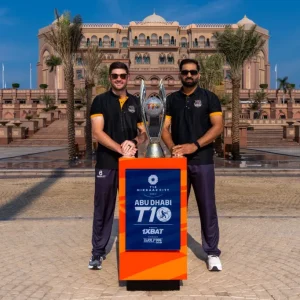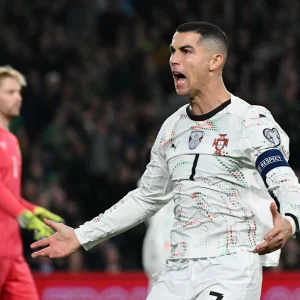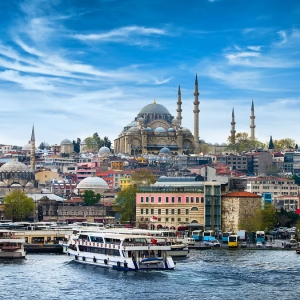In a strategic leap toward regional energy integration, the United Arab Emirates has committed $205 million to bolster the Gulf Cooperation Council GCC power grid. The move is a cornerstone in a broader plan to tap into a $20 billion energy market opportunity, marking a defining moment in the Gulf’s journey toward energy security, sustainability, and economic diversification.
The initiative not only strengthens physical infrastructure across the region but also sends a powerful signal about the UAE’s intent to lead the GCC’s energy evolution from fossil fuel dependency to an interconnected, resilient, and renewable-powered future.
A Grid Beyond Borders
The investment will upgrade and expand the GCC Interconnection Authority (GCCIA) network, a system that currently links Saudi Arabia, Bahrain, Kuwait, Qatar, and the UAE, with Oman partially integrated. Established in 2009, the grid has proven invaluable in handling peak demand and emergencies, but its capacity and technology have remained relatively stagnant.

Now, with the UAE’s financial and strategic backing, the grid is poised for a transformation. The planned enhancements will include new substations, high-voltage transmission lines, smart monitoring systems, and better integration of renewable sources like solar and wind.
The vision is clear: create a high-efficiency, low-loss supergrid that spans national boundaries, enabling shared capacity, renewable distribution, and cross-border electricity trading—ushering in a new era of regional energy independence and collaboration.

Unlocking a $20 Billion Opportunity
The GCC’s energy market is already one of the world’s most lucrative. Yet the region is now entering a phase where smarter infrastructure can unlock untapped economic value worth over $20 billion. The UAE’s move to fund and accelerate this transition positions it as a leader in this value chain.
That $20 billion isn’t just about energy generation—it includes value-added segments like:
- Energy trading platforms
- Infrastructure-as-a-service (IaaS) models
- Green hydrogen exports
- Digital grid technologies
- Peak load management solutions
- Public-private partnerships in renewables
By building out the backbone of this regional infrastructure, the UAE ensures its long-term influence in shaping the Gulf’s energy economy.
Strategic Benefits for the UAE and the Region
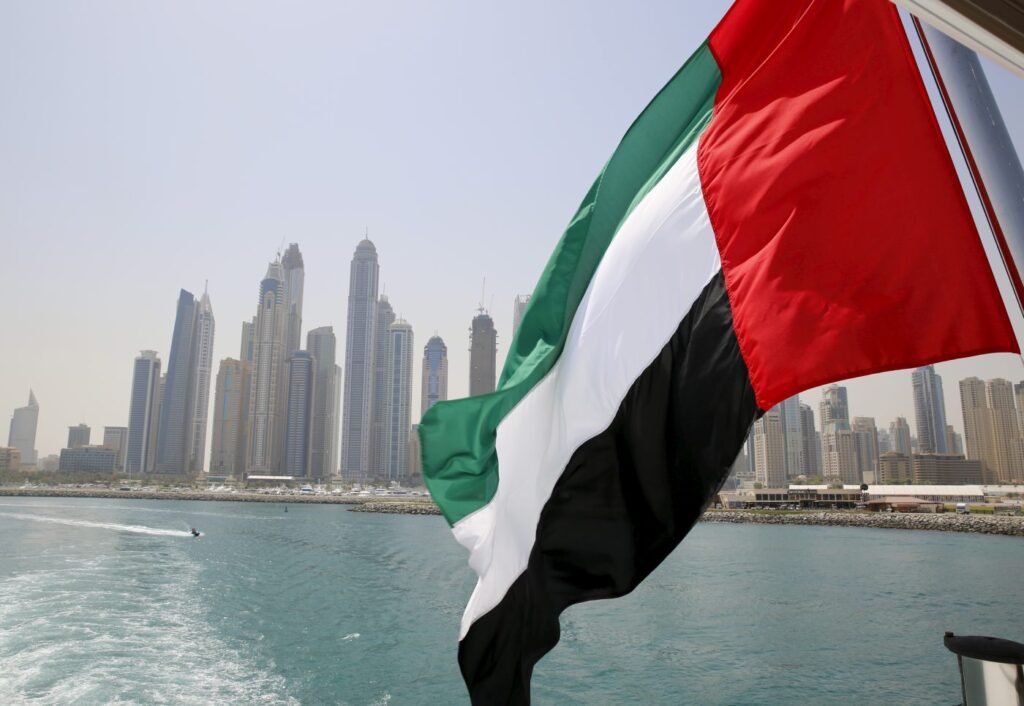
1. Energy Security and Stability
Grid interconnectivity enables countries to share power during shortages or peak times, reducing blackouts and ensuring a steady supply. The network has already helped GCC nations avoid power crises during emergencies like outages or fuel supply disruptions. With expanded capacity, this resilience is magnified.
2. Renewable Integration
One of the biggest challenges of renewables is intermittency—solar isn’t available at night, and wind is variable. A cross-border grid solves this by allowing countries to balance their loads. For example, excess solar power from the UAE can be redirected to other nations during peak production hours and vice versa.
3. Economic Efficiency
A unified grid helps reduce the need for costly backup capacity in individual nations. Instead of each country overbuilding power plants, shared demand forecasts can lead to smarter investments and lower costs for all participants.
4. Investor Confidence
The commitment of $205 million signals stability and forward-thinking, attracting foreign direct investment (FDI) into the energy and technology sectors. It also makes the region more appealing to renewable energy firms, cleantech startups, and green financing institutions.
The GCC’s Energy Future: Green, Digital, and Interconnected
The project is part of a larger shift in the GCC toward cleaner, digital-first energy ecosystems. With climate change pressures mounting, international markets decarbonizing, and oil prices fluctuating, Gulf countries are increasingly aware that energy transformation is no longer optional—it’s strategic.
As such, the grid project will also feature digitalization elements including:
- Smart metering and AI-based demand forecasting
- Blockchain-based power trading between countries
- Cybersecurity for critical infrastructure
- Integration of battery storage and EV charging
These features enable not just a cleaner grid but also a smarter one, capable of adjusting to demand in real-time and responding to outages or overloads with precision.
National Visions Aligned with Regional Growth
This investment aligns closely with the UAE Energy Strategy 2050, which aims to increase the contribution of clean energy to 50% by 2050 and reduce the carbon footprint of power generation by 70%. By investing in the grid, the UAE not only supports its own energy transition goals but also helps its neighbors accelerate theirs.
Saudi Arabia’s Vision 2030, Oman’s Net Zero by 2050 plan, and Qatar’s National Vision 2030 all emphasize sustainability and energy diversification. This regional alignment creates fertile ground for cooperative success.
A Unified Market: The Next Step?
The dream doesn’t stop at infrastructure. With the backbone built, the next frontier is a unified GCC electricity market—where countries can trade power based on real-time demand, price, and supply conditions.
Such a market would resemble Europe’s interconnected power trading system, allowing surplus power to be sold from one nation to another, improving efficiencies and creating revenue streams for governments and private providers alike.
Initial studies suggest that a GCC power market could reduce energy costs across the region by up to $5 billion annually, while significantly reducing emissions.
Challenges and Considerations
Of course, such an ambitious project is not without its challenges:
- Regulatory harmonization across six sovereign nations requires political will and long-term coordination
- Cybersecurity must be bulletproof, especially with the introduction of smart grid tech and cross-border data exchanges
- Renewable variability requires robust energy storage solutions, which are still expensive and developing
- Public-private integration must be carefully managed to avoid monopolies or inefficiencies in power distribution
Still, the momentum is clearly on the side of progress. With the UAE leading the charge, the GCC is in a strong position to overcome these hurdles.
What This Means for People and Businesses
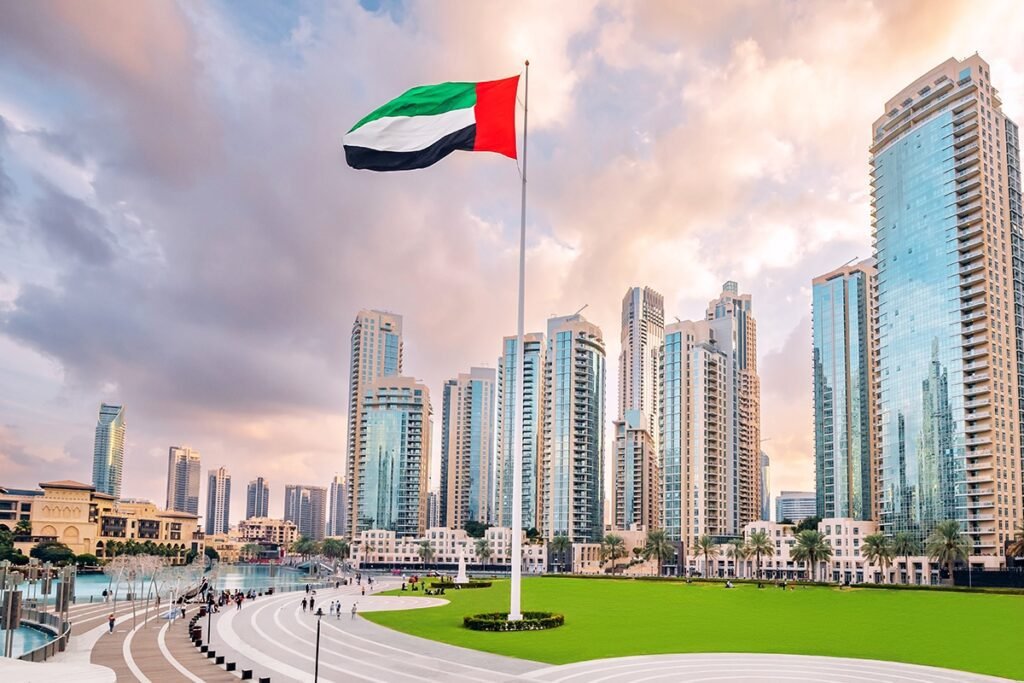
For citizens, this means fewer power outages, lower energy bills, and a greener environment. For businesses, especially in tech, logistics, and manufacturing, it means reliable power supply, more investment opportunities, and faster access to next-gen technologies like smart meters and grid-as-a-service offerings.
Entrepreneurs will find fertile ground in areas like IoT for grid sensors, blockchain for trading, and clean energy project development.
In short, the UAE’s investment opens up not just wires and substations, but a whole new market of innovation, collaboration, and prosperity.
Final Word: Building the Gulf’s Energy Future
The UAE’s commitment to the GCC power grid is about more than money—it’s about leadership, vision, and action in a time where energy transformation is paramount.
In an age where global economies are moving fast toward decarbonization and digitalization, this $205 million investment is both timely and tactical. It places the UAE and its neighbors on a path to not just compete with the world—but lead it in sustainable energy innovation.
By backing this initiative, the UAE reaffirms its belief that shared infrastructure leads to shared prosperity—and that the future of energy is connected, clean, and cooperative.
Do follow UAE Stories on Instagram
Read More: UFC Fight Night Makes Grand Comeback in Abu Dhabi




